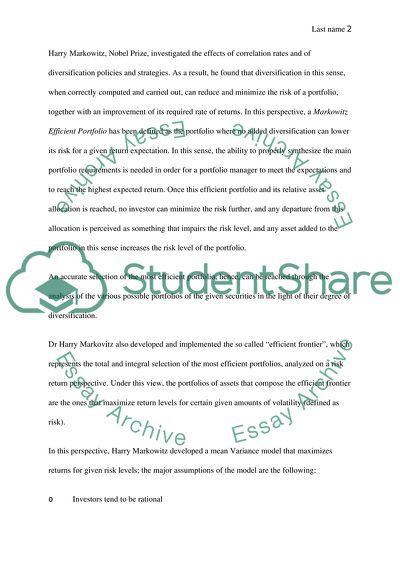Cite this document
(What is the CAPM and of what practical use is it Essay, n.d.)
What is the CAPM and of what practical use is it Essay. https://studentshare.org/finance-accounting/1799709-what-is-the-capm-and-of-what-practical-use-is-it
What is the CAPM and of what practical use is it Essay. https://studentshare.org/finance-accounting/1799709-what-is-the-capm-and-of-what-practical-use-is-it
(What Is the CAPM and of What Practical Use Is It Essay)
What Is the CAPM and of What Practical Use Is It Essay. https://studentshare.org/finance-accounting/1799709-what-is-the-capm-and-of-what-practical-use-is-it.
What Is the CAPM and of What Practical Use Is It Essay. https://studentshare.org/finance-accounting/1799709-what-is-the-capm-and-of-what-practical-use-is-it.
“What Is the CAPM and of What Practical Use Is It Essay”. https://studentshare.org/finance-accounting/1799709-what-is-the-capm-and-of-what-practical-use-is-it.


